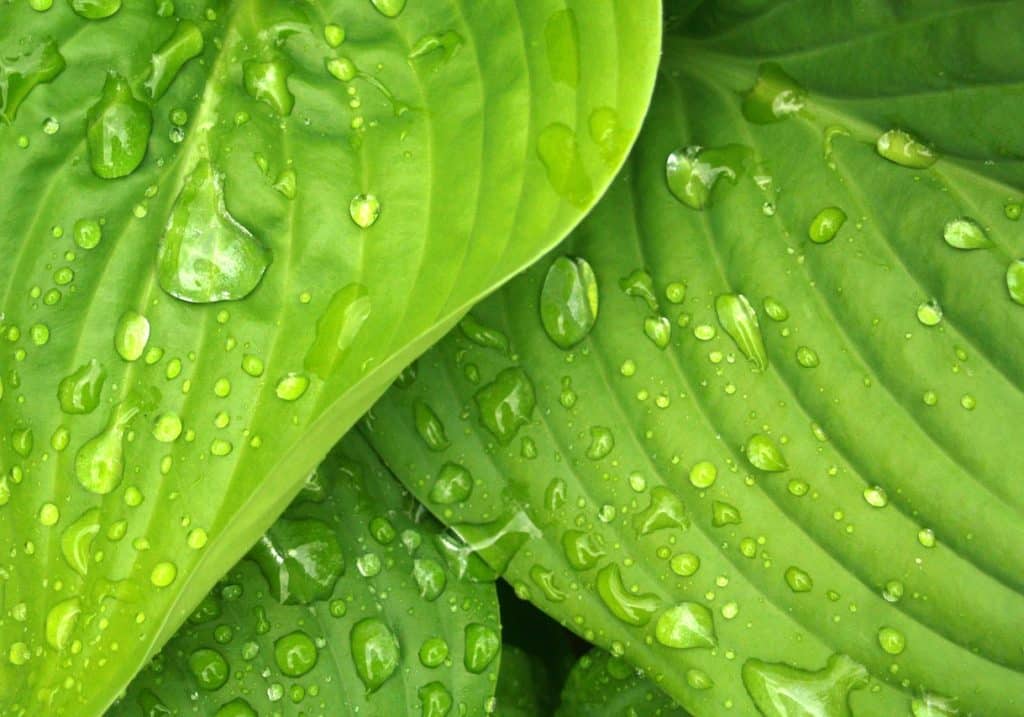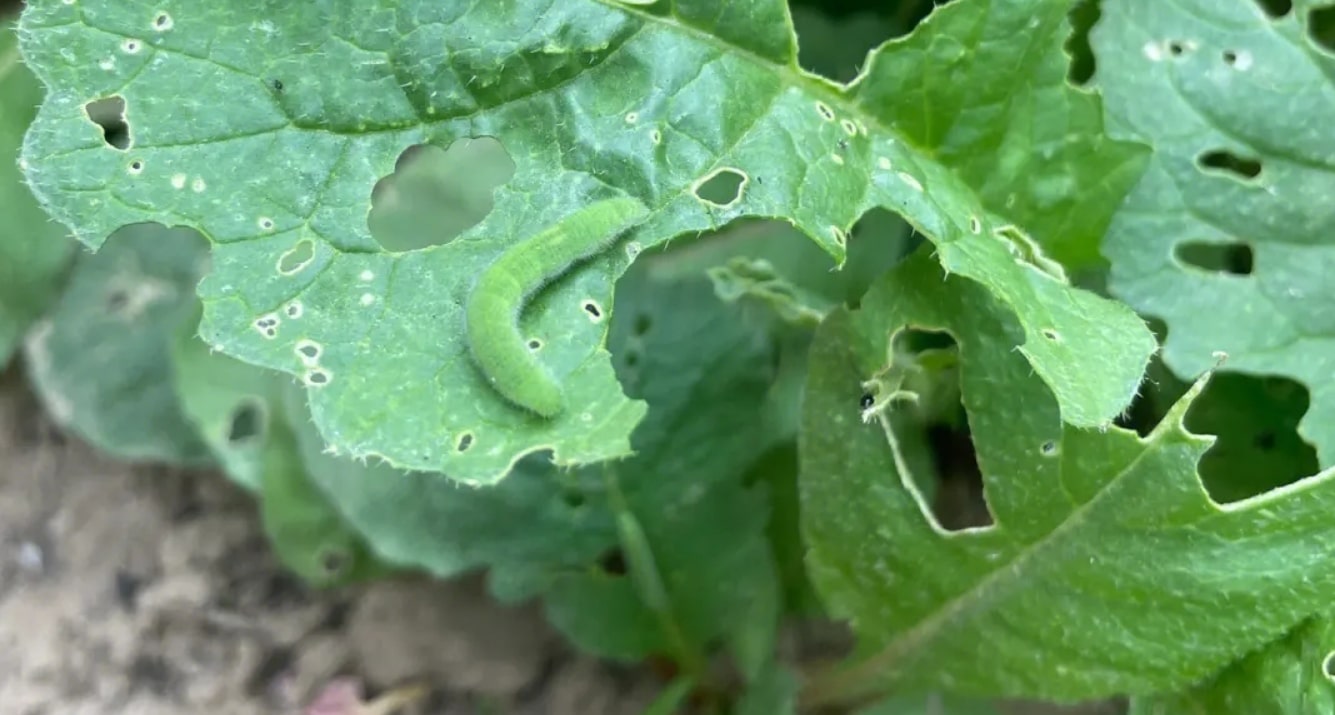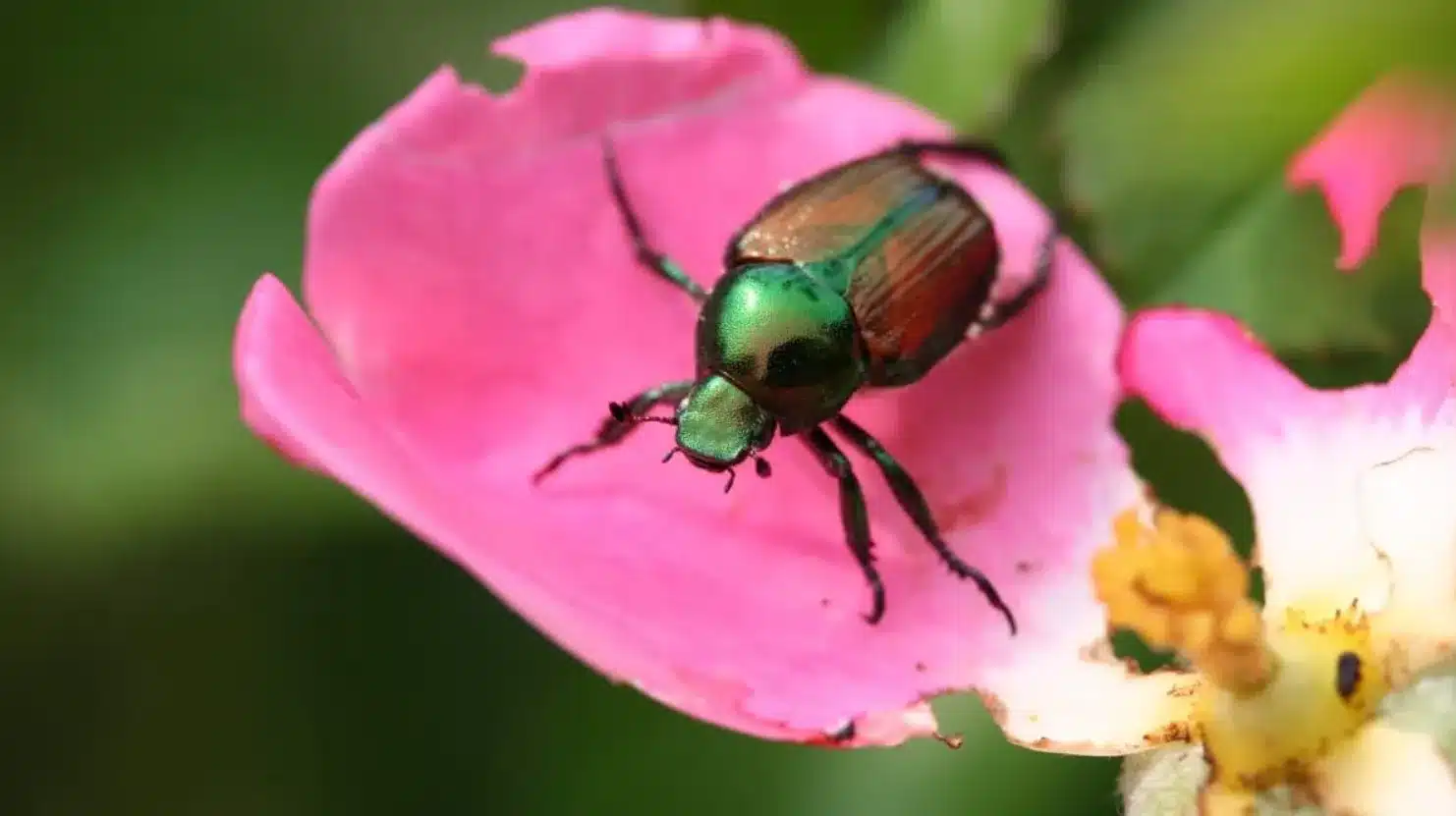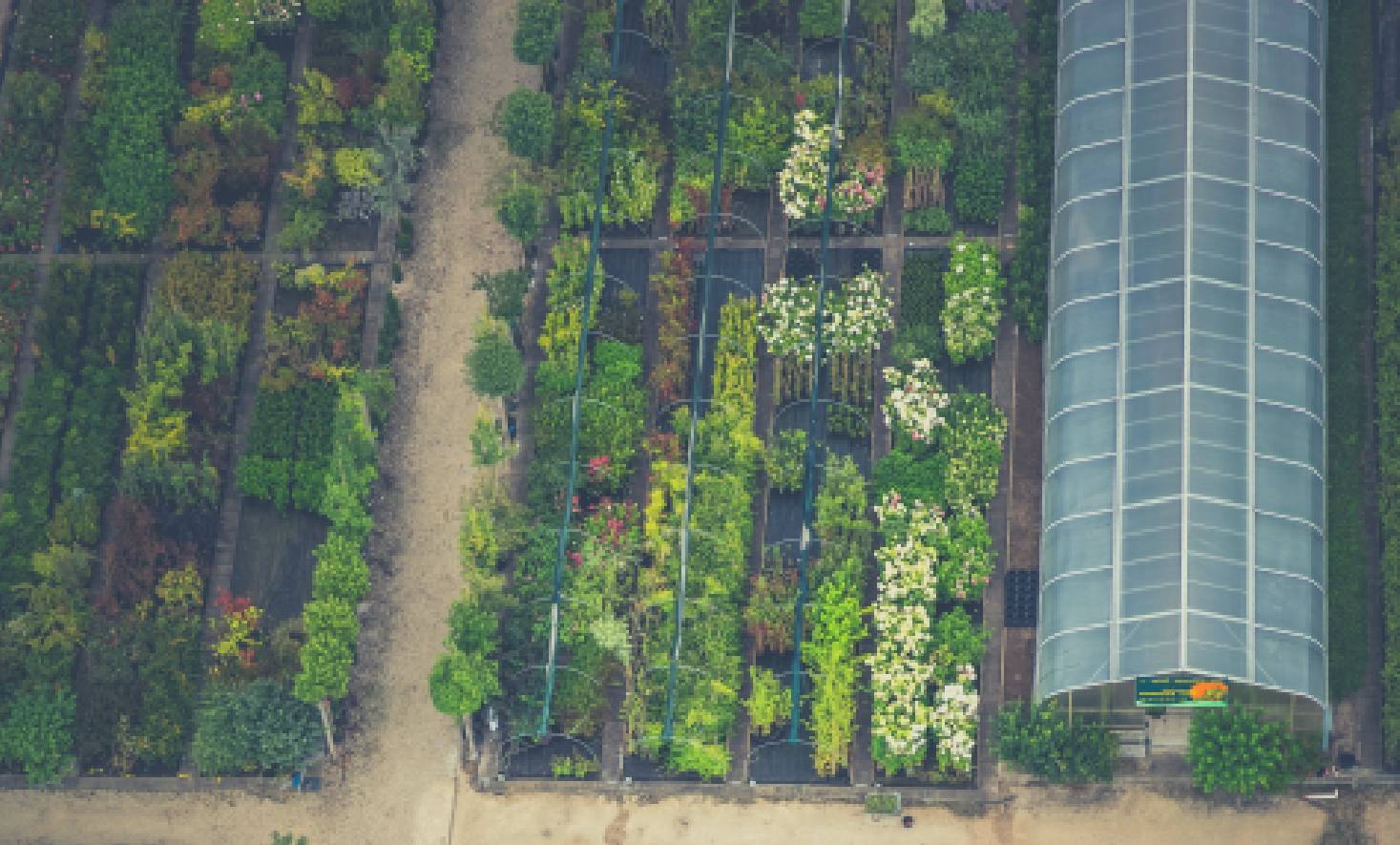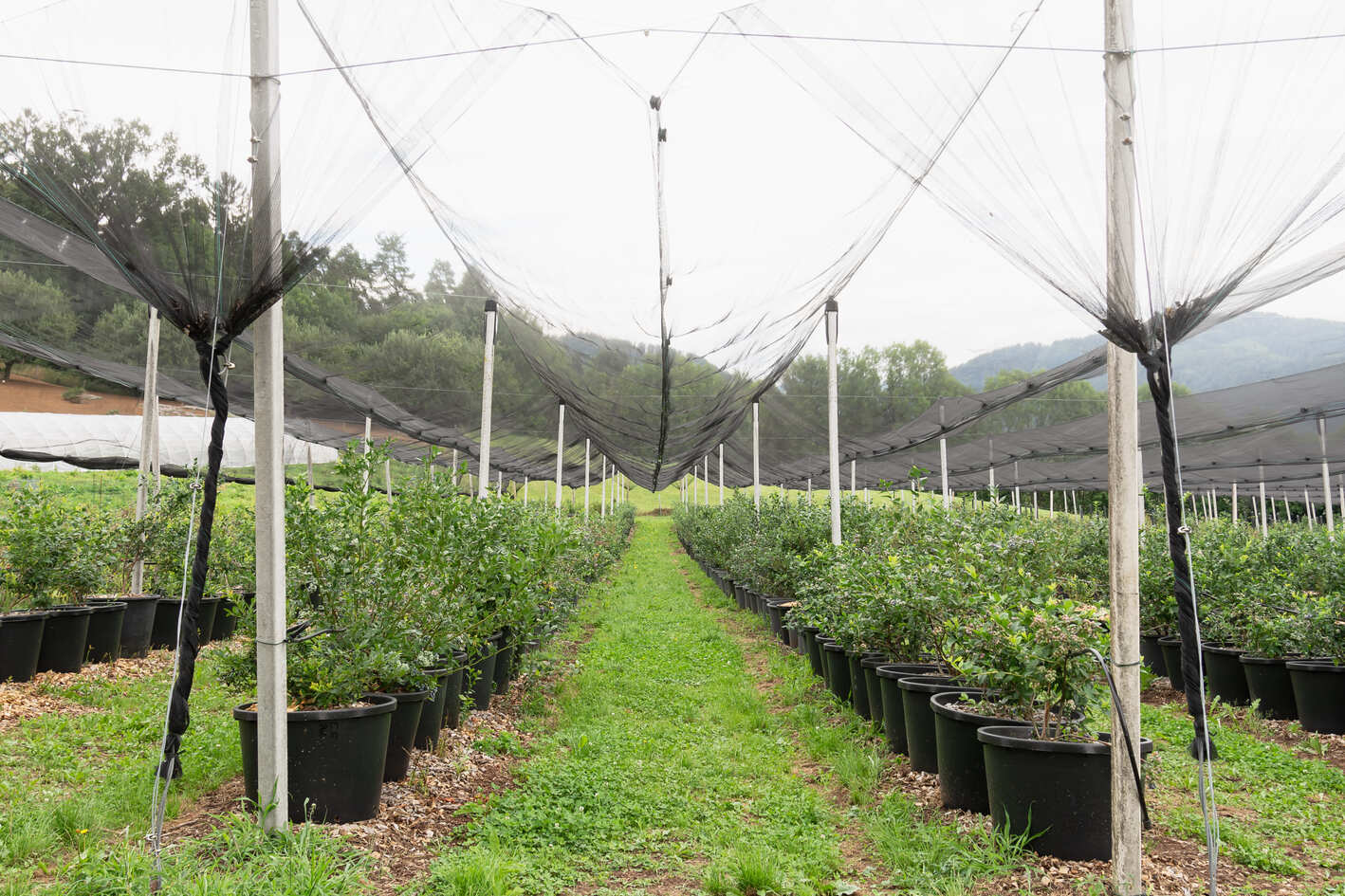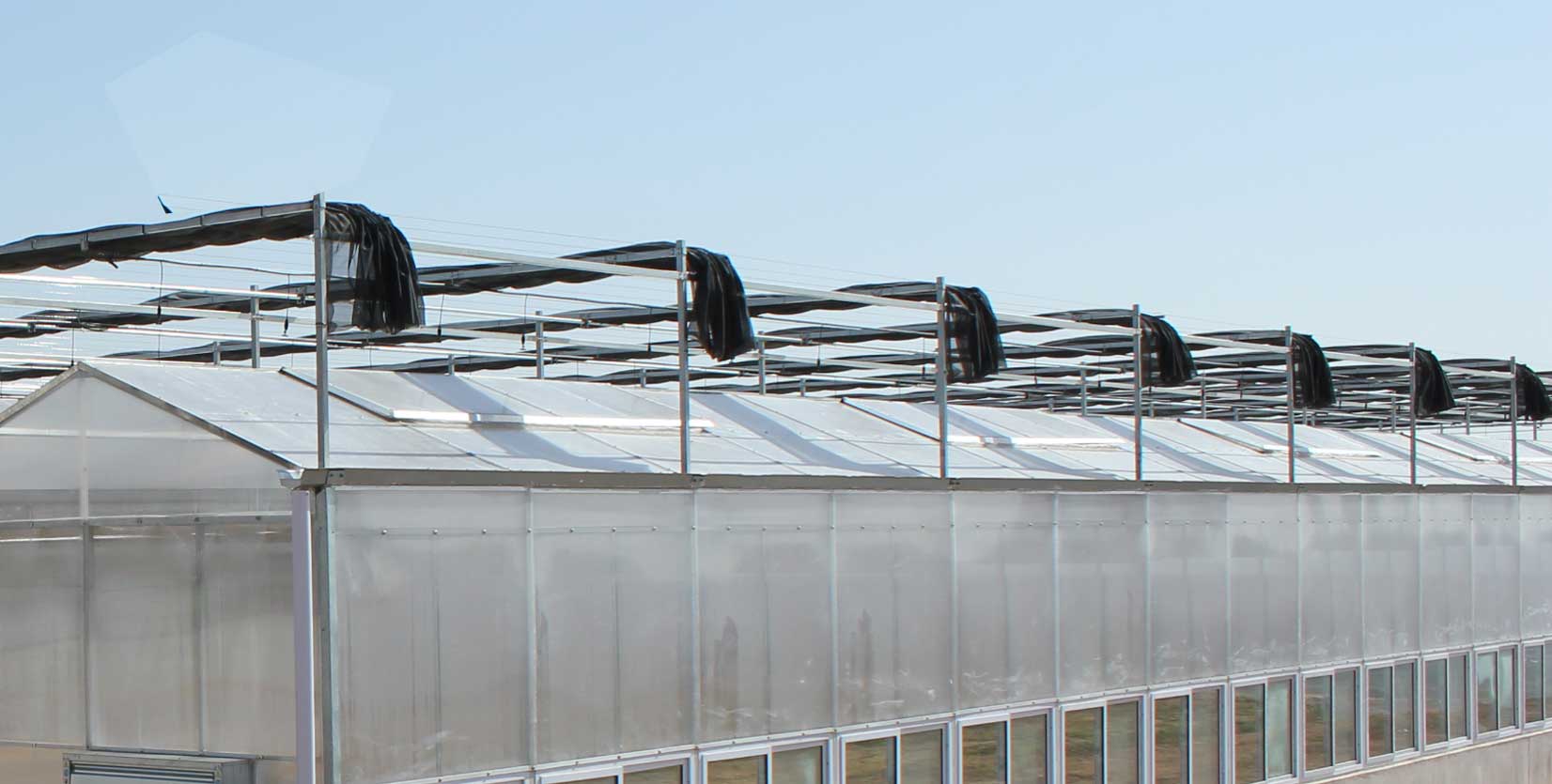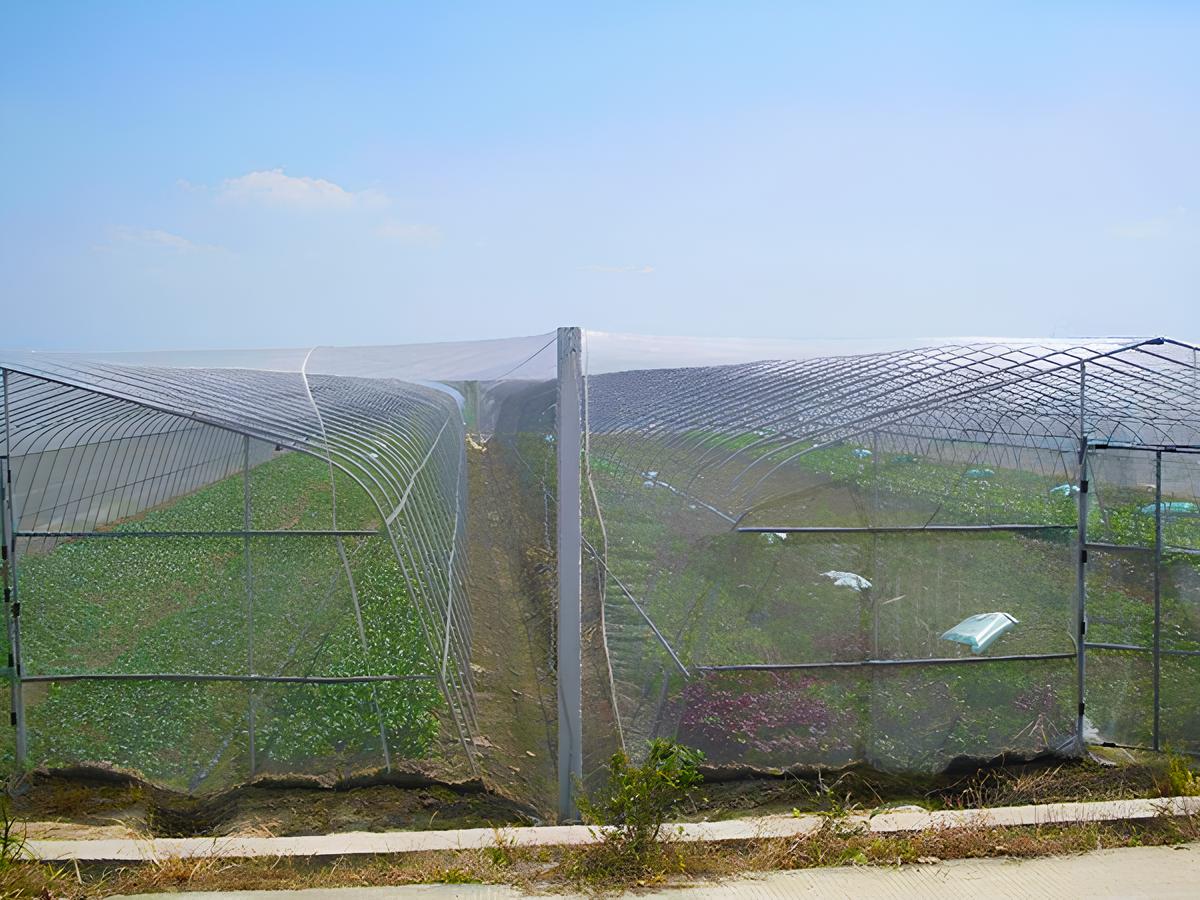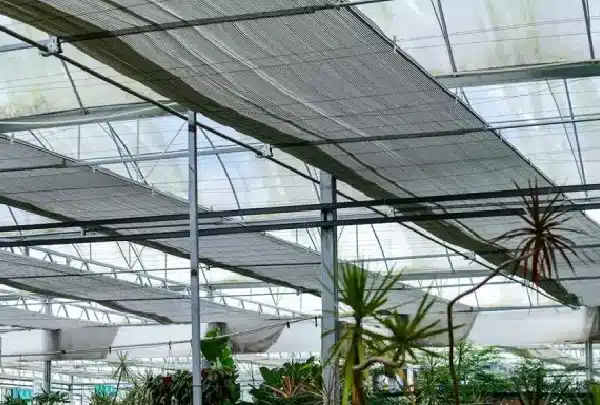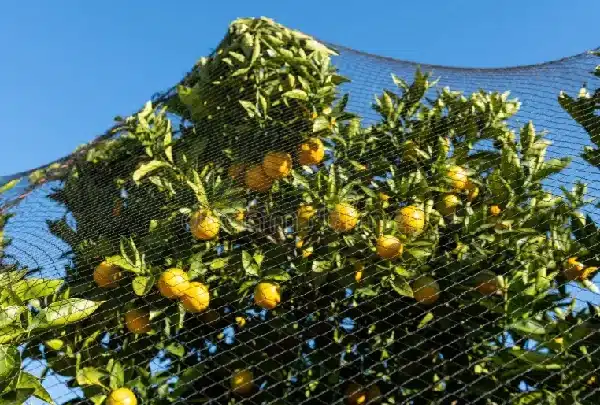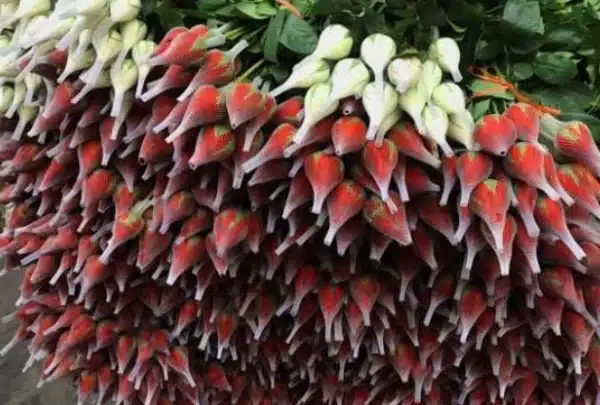Rain can be damaging to plants including grass seeds and vegetables like tomatoes, causing diseases and physical damage. It’s important to take steps to protect your plants from rain to ensure their health and longevity. In this article, we’ll discuss which plants may be most at risk and look at a variety of useful strategies for protecting your plants from too many raindrops.
The Importance of Protecting Plants from Rain
There are several reasons why it’s important to protect your garden plants from rain.
Rainwater can transmit diseases, which can be harmful to the health of your plants. Rainwater can pick up diseases and fungi from the ground and transmit them to plants, potentially causing leaf spots or mildew. This can be particularly harmful to delicate or fragile plants, which may be more prone to damage from heavy rain or wind.
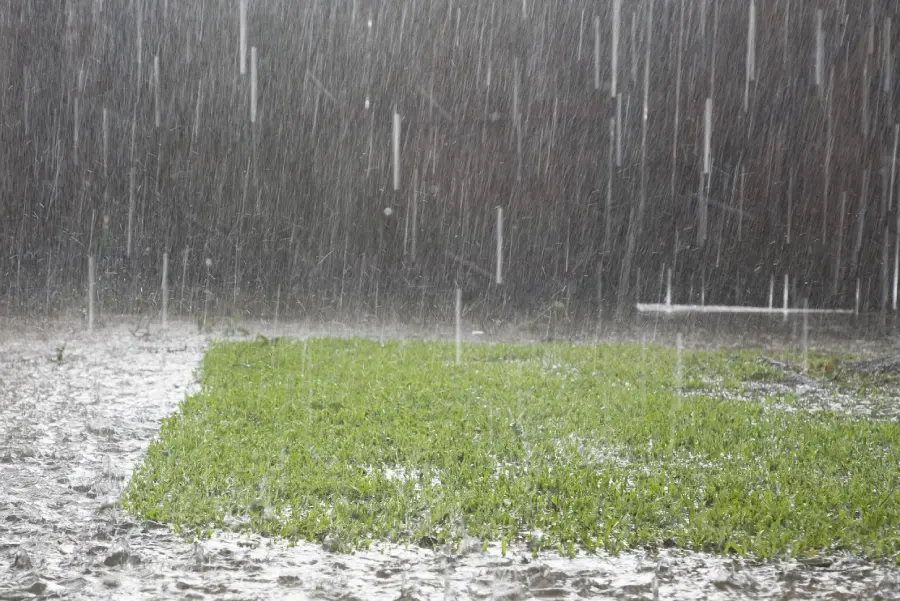
In addition, excess water can lead to rot, which can compromise the health and longevity of your plants. This is especially true for potted plants or those with tender leaves or flowers, as they may be more susceptible to rot due to their limited root systems or delicate structures. By protecting your plants from rain, you can help ensure their overall health and well-being.
Which Plants are Most at Risk from Rain?
Certain plants are more prone to damage or diseases caused by rain than others. If your plants belong to the below categories, you will have to find a way to protect them.
Delicate plants: Orchids, ferns, and certain types of succulents are examples of delicate plants that may be more prone to damage from heavy rain or wind.
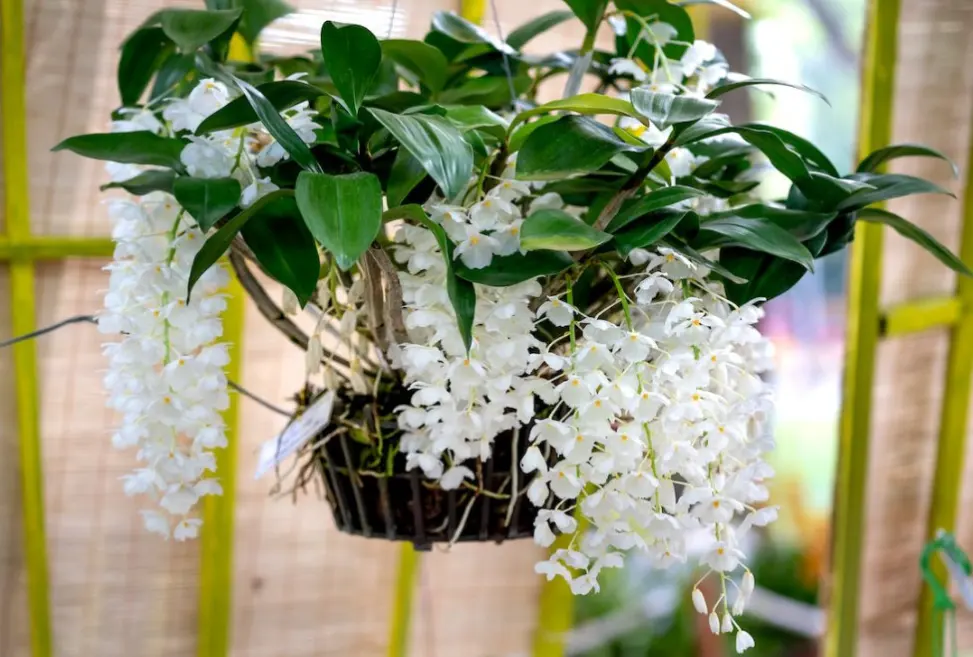
Potted plants: Potted plants may be more susceptible to rot or other issues caused by excess water. Clay pots or pots with drainage holes can help prevent rot.
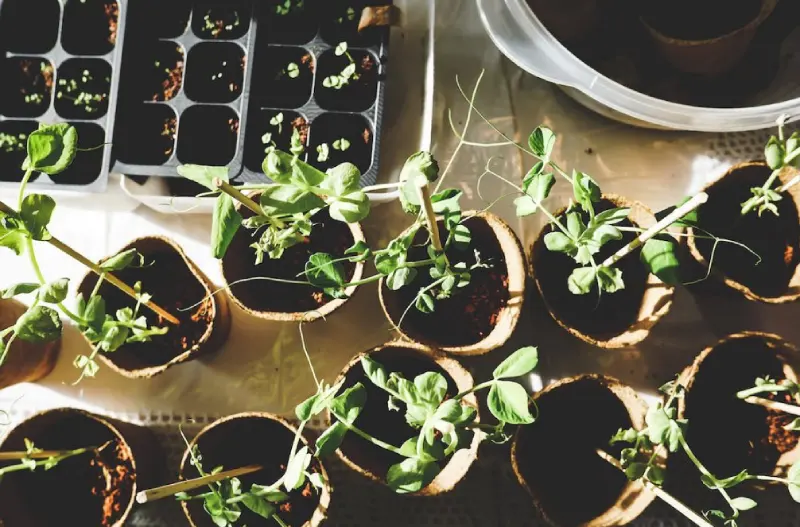
Plants with tender leaves or flowers: Roses, petunias, and hibiscus are examples of plants with delicate leaves or flowers that may be more susceptible to damage from raindrops.
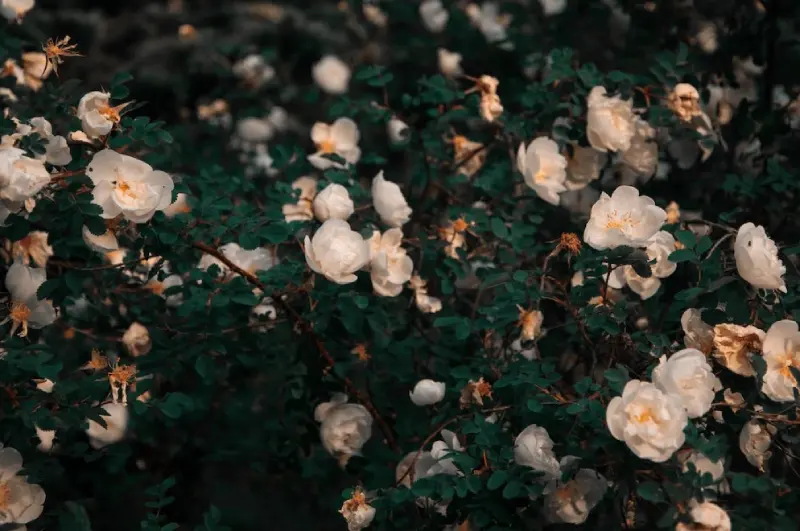
How to Protect Your Plants from Rain Drops
There are several strategies you can use to protect your plants from rain.
Method 1. Use rain physical barriers
One way to effectively protect your plants from raindrops is by using physical barriers. Plant covers or plastic sheeting can create a layer of protection over your plants to keep them dry. When using this method, it’s crucial to choose a suitable material for the barrier and cut it to the appropriate size.
Shade cloth can be a nice rain cover for plants to stop some of the rain from directly hitting your plants, but it may not be sufficient to protect against heavy rain. In these cases, a waterproof shade cloth may be a better option.
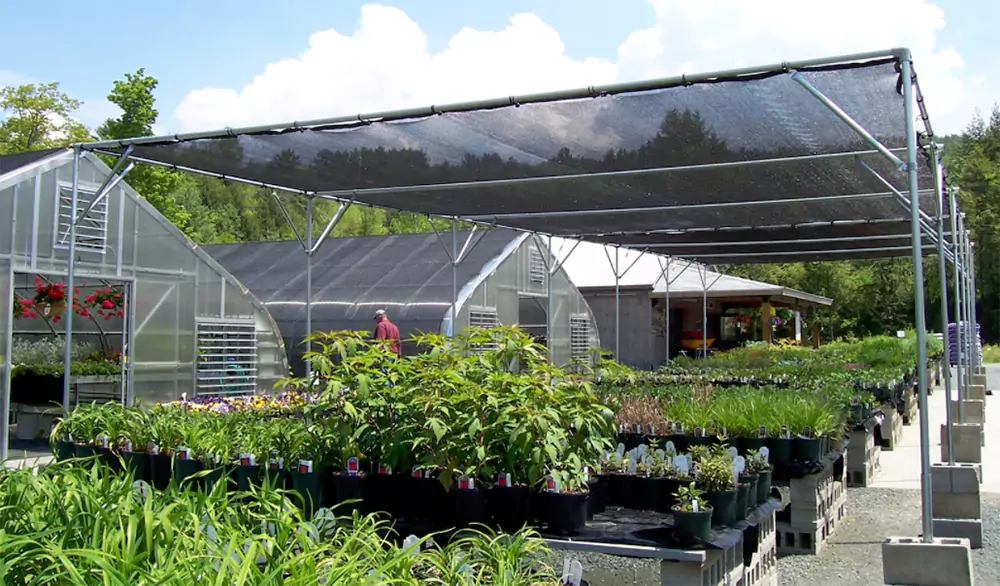
Make sure to secure the barrier over the plants using stakes or other fasteners to hold it in place, and check it regularly to ensure it is still covering the plants properly and hasn’t blown away in the wind.
Method 2. Use overhead protection
Another option for protecting your plants from raindrops is to use overhead protection, such as an umbrella or other type of canopy. When using this method, make sure the overhead protection is large enough to cover the plants completely and secure it in place using stakes or other fasteners.

As with physical barriers, it’s important to check the overhead protection regularly to ensure it is still covering the plants properly and hasn’t blown away in the wind.
Method 3. Move plants to a sheltered location
If you have a greenhouse or covered porch, consider moving your potted plants to a sheltered location to protect them from rain. When moving your plants, take care not to damage them and make sure to arrange them in a sheltered location to ensure they receive sufficient light and air circulation.
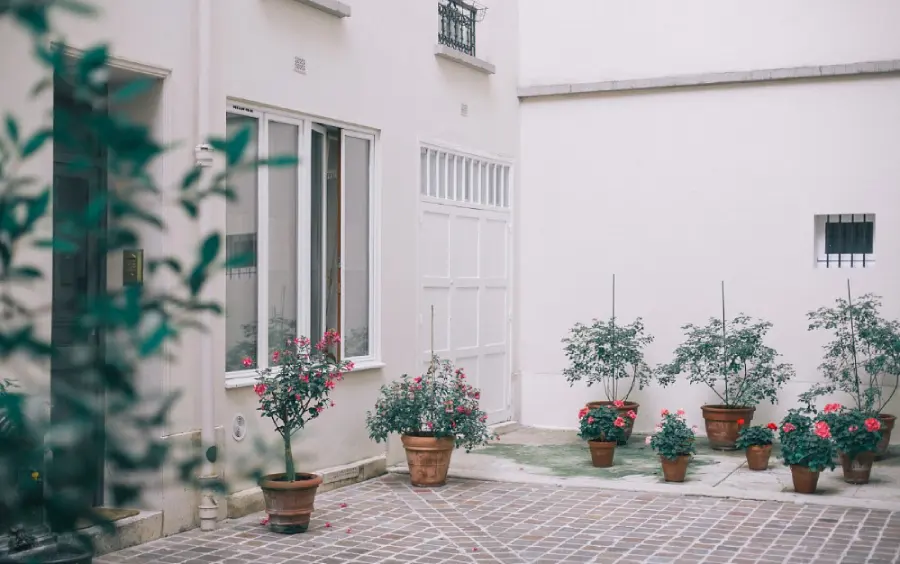
It’s important to monitor the plants regularly to make sure they are receiving the proper care and are not experiencing any issues due to the change in location.
Method 4. Use plant-specific protection methods
Depending on the type of plants you have, you may be able to use plant-specific protection methods to protect them from rain. For example, you can use clay pots for plants prone to rot or apply a protective spray to the leaves of plants to repel water. When using plant-specific protection methods, it’s important to follow the instructions carefully and monitor the plants regularly to ensure the protection method is effective and to make any necessary adjustments.
When selecting a protection method for your plants, consider the type of plant and its specific needs. Think about the weather in your area and how it may affect the plant. Also, consider the size and shape of the plant and how it will be affected by different protection methods.
Conclusion
By using one or more of the strategies outlined above, you can protect your plants from rain and maintain their health and longevity. Experiment with different protection methods to find the one that works best for your plants. Protecting your plants from rain is important for their overall well-being.

